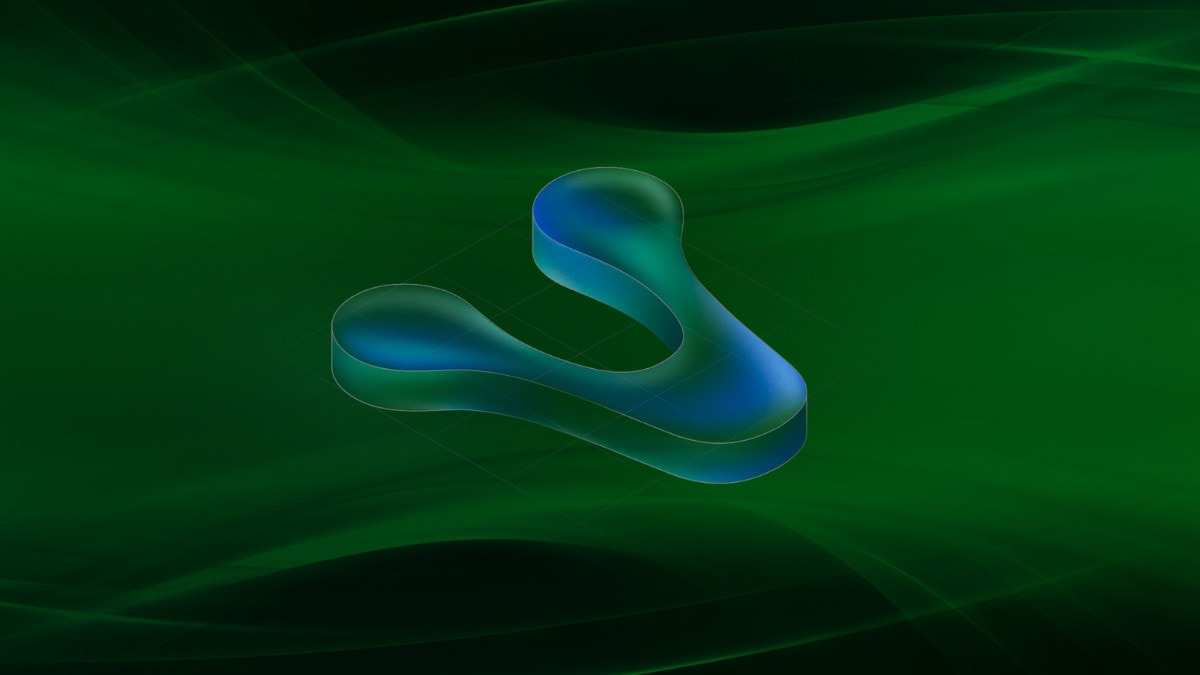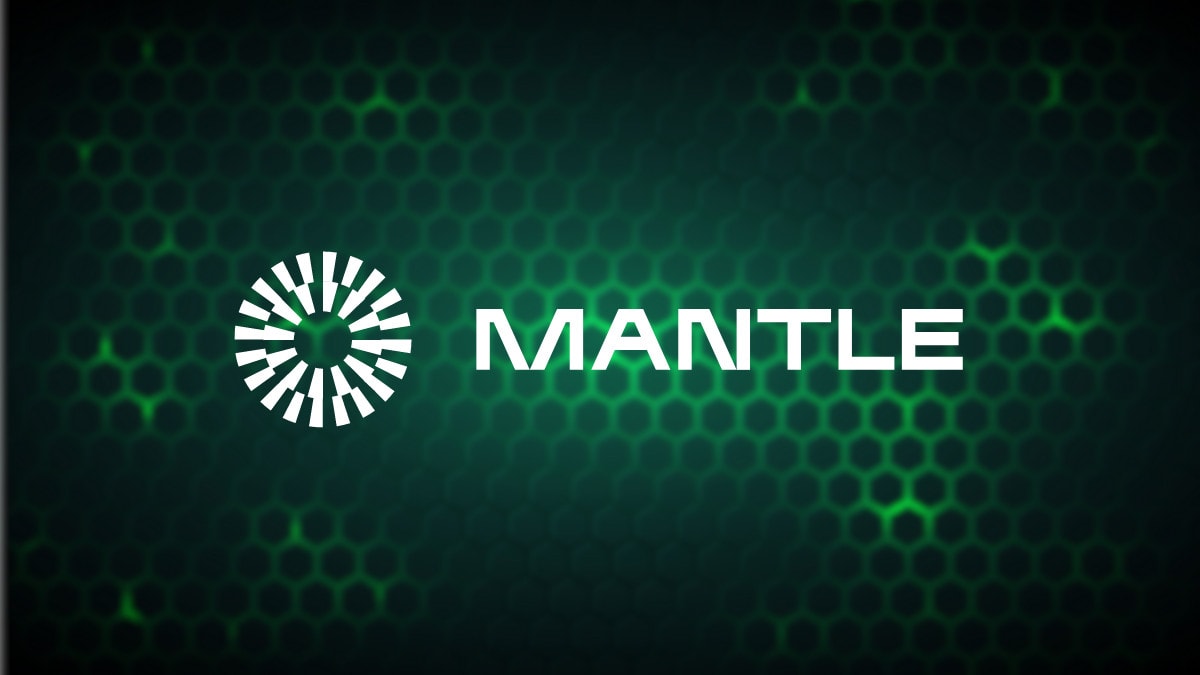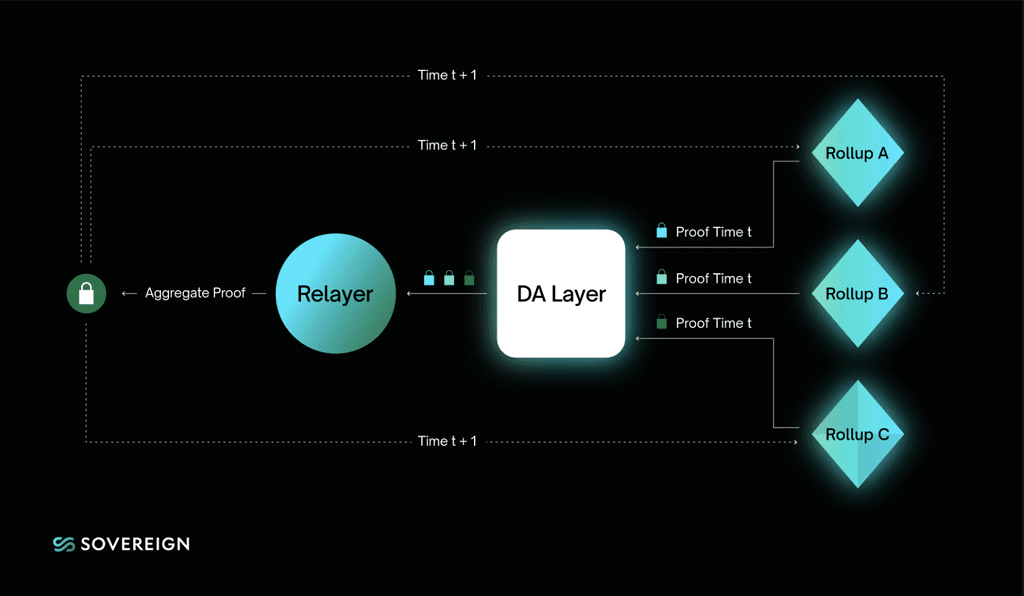Fuel Network is another trending modular blockchain project similar to Celestia. They are currently in Phase 2 of their points program which means there may be airdrops coming soon! In this article, we will explain what Fuel is and how to position yourself for the token airdrop.
Check out our step by step guide!
Fuel Network Airdrop Step-by-Step Guide
Here’s a step-by-step guide on how to get a potential Fuel Network token airdrop:
- Install Fuel Wallet
- Claim Testnet Tokens
- Connect with Fuel Wallet
- Interact with SwaySwap
- Apply for the Thunder NFT closed beta
- Interact with Other DApps on the Ecosystem
- Complete Guild tasks and get Discord role
- Leave feedback on Discord
See below for more details.
What is Fuel?
Fuel is focused on building the fastest execution layer for modular blockchains. It is essentially a verifiable computation system designed for the modular blockchain stack. This system is based on a fraud- or validity-provable blockchain or other computation system that leverages a modular blockchain for data accessibility.
There is an ongoing shift happening in the architecture of layer-1 (L1) blockchains. We are transitioning from a monolithic design, in which consensus, data availability, and execution are interdependent, to a modular future where execution is detached from data availability and consensus. This decoupling permits specialization at the foundational layer, leading to a significant increase in bandwidth capacity. As such, Fuel is specifically developed to leverage this additional bandwidth, delivering high security and flexible throughput.
Who is the Team behind Fuel?
Fuel is developed by Fuel Labs, co-founded by John Adler and Alex Hansen. Adler is also the co-founder of Celestia, another popular modular blockchain project. In fact, both projects are complementary in terms of technical route. But Fuel is positioned as a modular execution layer, whereas Celestia is optimized for data availability and ordering. This makes Fuel one of the most hotly anticipated projects.
In September 2022, Fuel Labs successfully raised $80 million in a funding round led by Blockchain Capital and Stratos Technologies. Other backers also include some of the sector’s biggest investors such as CoinFund, Bain Capital Crypto, and TRGC.
Does Fuel have a Token?
As of now, Fuel has not confirmed the launch of a token. But with more than $80 million raised and its counterpart Celestia launching a token, it is very likely that Fuel will launch a token ahead of the mainnet launch. Currently, Fuel has a points program where you can earn off-chain points by completing specific on-chain actions. These points can potentially qualify you for future network rewards, which could mean airdrops.
How to Receive Potential Fuel Token Airdrop
Time needed: 45 minutes
The best chance to receive Fuel airdrops is to interact with their testnet. Fuel recently launched their Beta-3 Testnet, and it is important to interact with their protocols for a chance to be included in the snapshot. Here’s a step-by-step guide on how to position yourself for the airdrop:
- Install Fuel Wallet
You will need to install Fuel Labs Wallet to interact with the testnet. Go to wallet.fuel.network/docs/install and download the zip file of the wallet. Once it’s complete, go to Chrome Extensions and toggle on “Developer Mode” at the top right corner of the screen. Now drag the downloaded zip file to the extension page to begin installing the wallet.

- Claim Testnet Tokens
After setting up your wallet, go to your wallet and click on the “Faucet” button. You can also try here or here. Enter your wallet address and you should receive some test ETH immediately.

- Connect with Fuel Wallet
Now, you will need to request a connection with your wallet, which will authorize your application to execute other actions. Go to wallet.fuel.network/docs/how-to-use, scroll down to the “Request Connection” section and connect. Then, click “Check it working”. Afterwards, try each of the tools on the page. This is really simple as all you need to do is to scroll and follow each step.

- Interact with SwaySwap
SwaySwap is a decentralized exchange built on the Fuel test network, and is very likely a prerequisite to be included in the snapshot. Go to fuellabs.github.io/swayswap and launch the app. Claim testnet tokens at https://app.swaylend.com/#/faucet. Here you can swap tokens, provide liquidity to the protocol, and remove some liquidity. The more frequent the better chances you’re eligible for the airdrop.

- Apply for the Thunder NFT closed beta
To apply for the Thunder NFT closed beta, go to the signup page and enter your Twitter handle.
- Interact with Other DApps on the Ecosystem
There are many other projects building on Fuel. Here is an updated list of all the protocols that are currently running on Fuel Network. Additionally, most of these DApps do not have a token yet. So testing and interacting with them could also get you to qualify for their own token airdrop!
- Complete Guild tasks and get Discord role
Connect your wallet to Fuel’s Guild page. Complete the social tasks to get various Discord roles.
- Leave feedback on Discord
Go to the “wallet-feedback” channel on Discord and leave any feedback you have on the Fuel Wallet.
- Create and mint your own FuelArt NFT
Go to https://fuelart.io/. Then, create and mint your own NFT.
- Participate in Pre-Deposit Program (Phase 1)
Deposit qualifying tokens into Fuel’s pre-deposit contract on the Ethereum Network. Note however this program is now closed.
- Move funds to Fuel L2.
Migrate your pre-deposit funds into Fuel L2 at https://app.fuel.network/earn-points/deposit/. Or, bridge funds into Fuel L2 using the bridge at https://app.fuel.network/bridge.
- Interact with dApps on Fuel Ignition
Go to https://app.fuel.network/ecosystem and interact with the Fuel ecosystem dApps.
- Earn Points
There are 3 ways to earn points in Phase 2 of Fuel’s Points Program. Firstly, Activity Points are earned by interacting with qualifying apps on Fuel Mainnet. For example, becoming a liquidity provider or lending on platforms. Some activities will also give you multipliers on your points. See HERE for the latest details. Secondly, spending on gas transactions will allow you to 5 Gas Points for each dollar spend on gas. Finally, when actively deploying funds, you can earn Passive Points at a minimum ate of 1 point per day per dollar.
Airdrop Review
When reviewing an airdrop, there are several factors to consider. First, the likelihood the project will even do an airdrop in the first place. Then, to look at how many tokens the project intends to allocate towards airdrop campaigns, as well as the difficulty in participating in their airdrop. It is also important to look at the utility of the token so that there will be an actual use and purpose in participating in the airdrop in the first place. Finally, a factor to consider when reviewing an airdrop is whether the airdropped tokens are subject to any lockup period.
Likelihood of Airdrop: Fuel has not confirmed a token launch yet, let alone an airdrop. But given the amount of money it raised and the project sharing the same co-founder as Celestia, there is a good chance they will have a token, and with it an airdrop.
Airdropped Token Allocation: TBD
Airdrop Difficulty: The steps are relatively easy as you just have to install a wallet and interact with SwaySwap. We also recommend being active with other DApps to increase your chances of getting an airdrop.
Token Utility: TBD
Token Lockup: TBD





